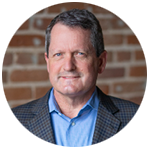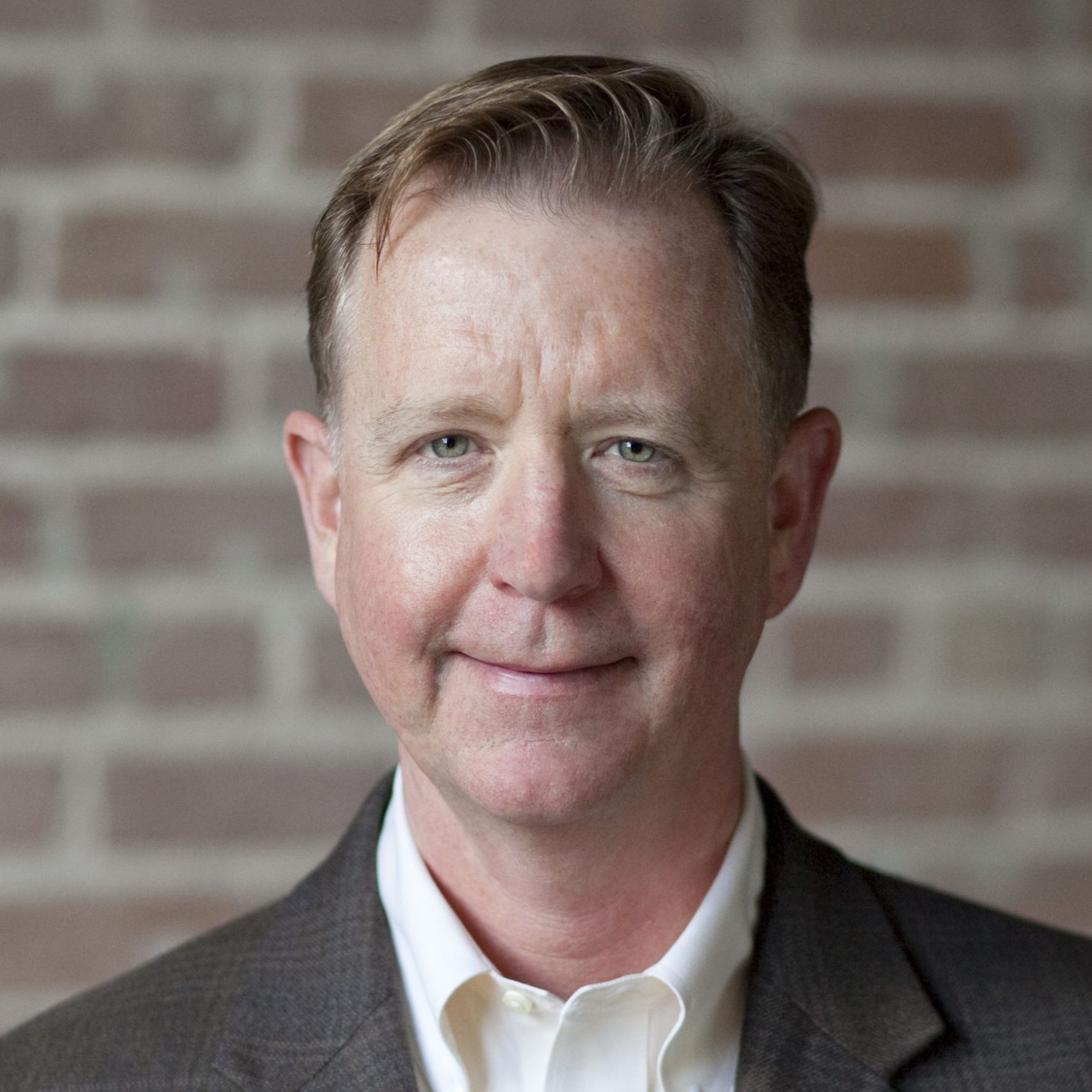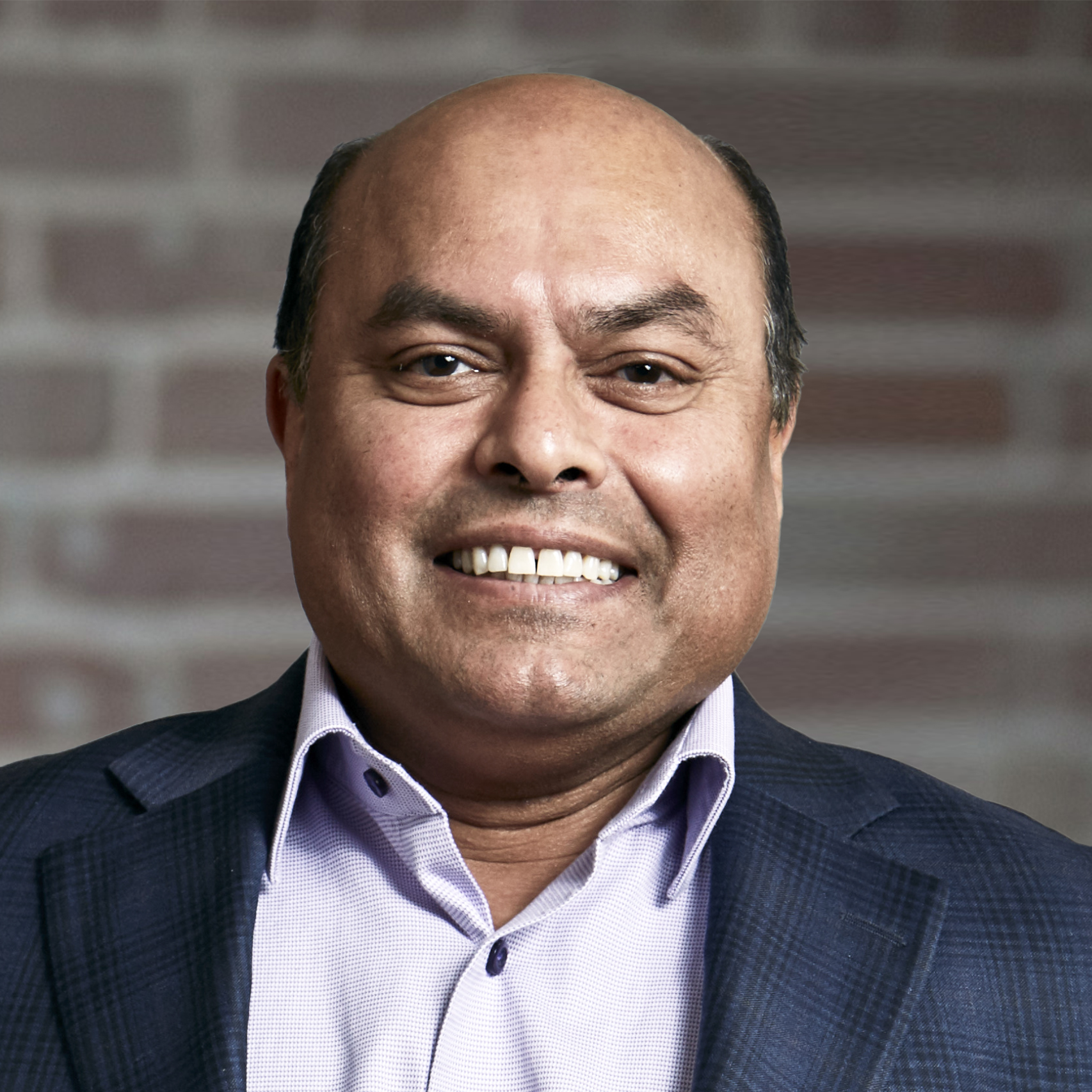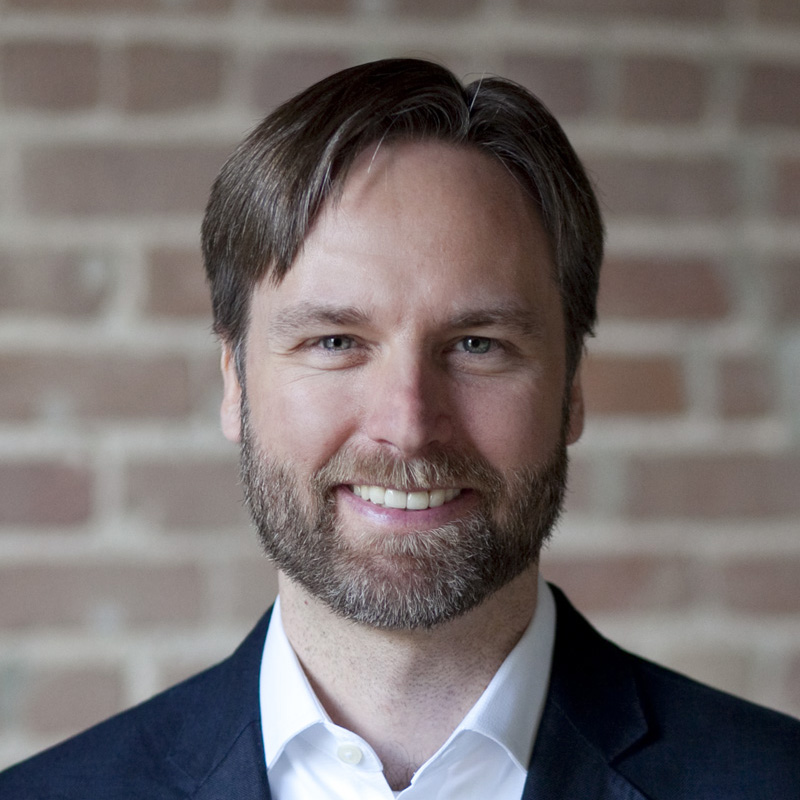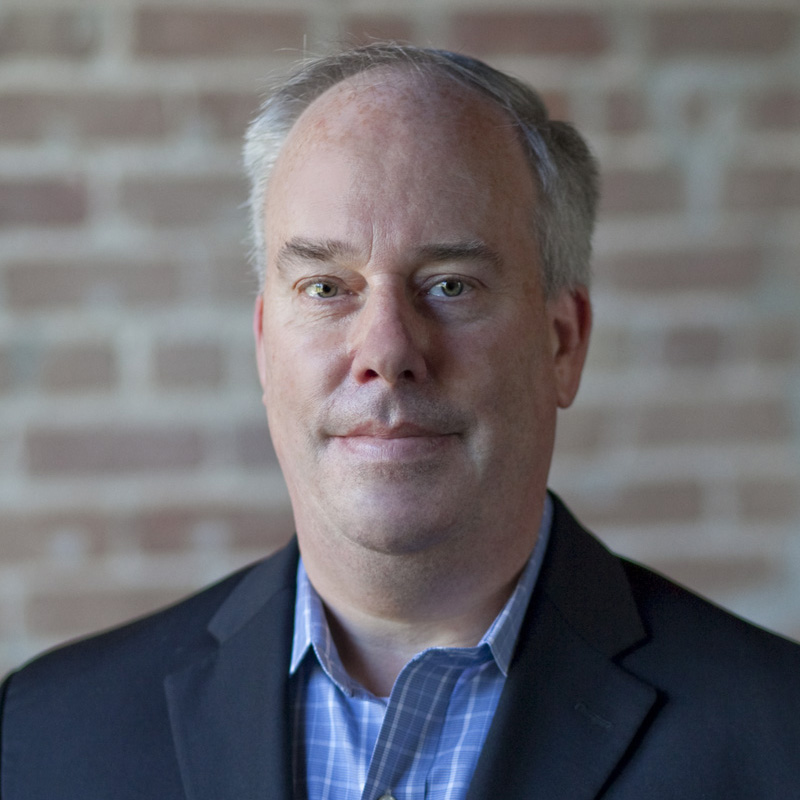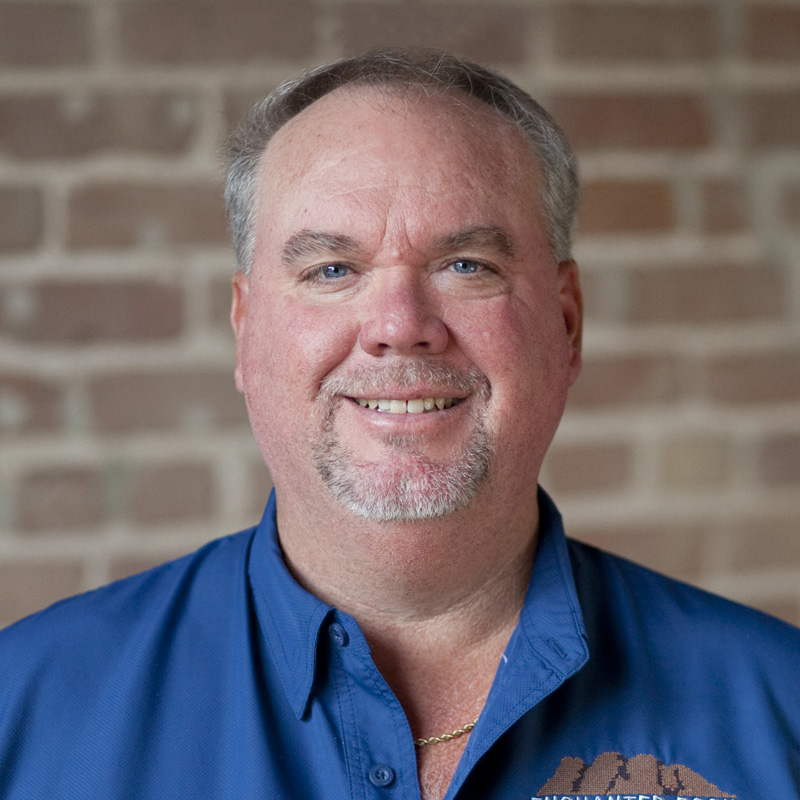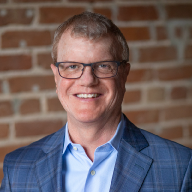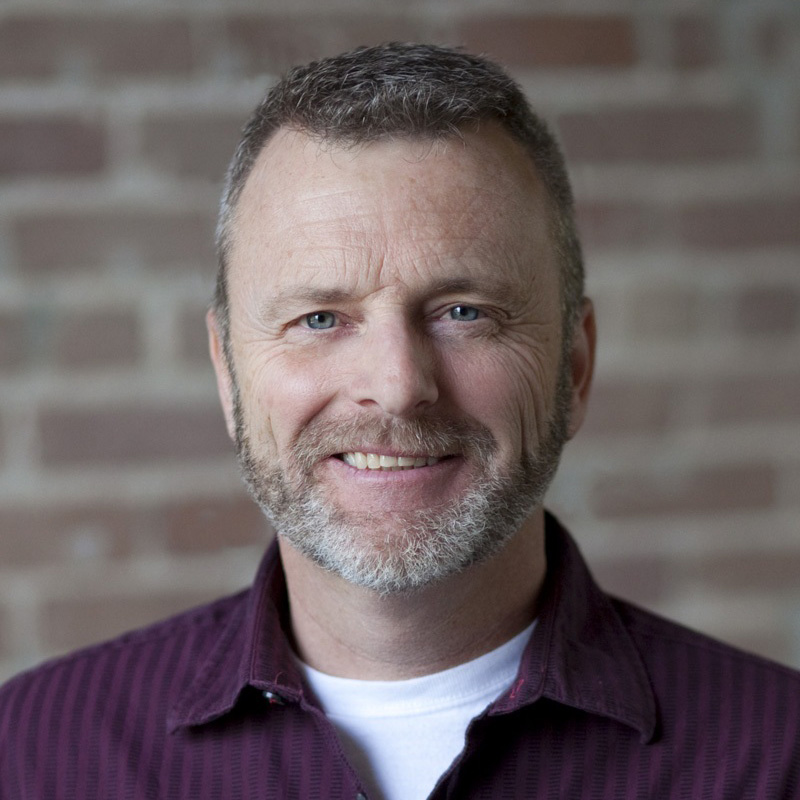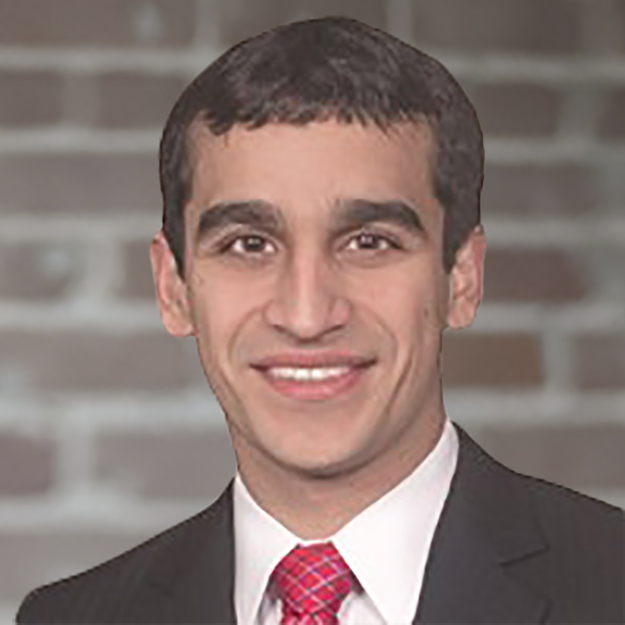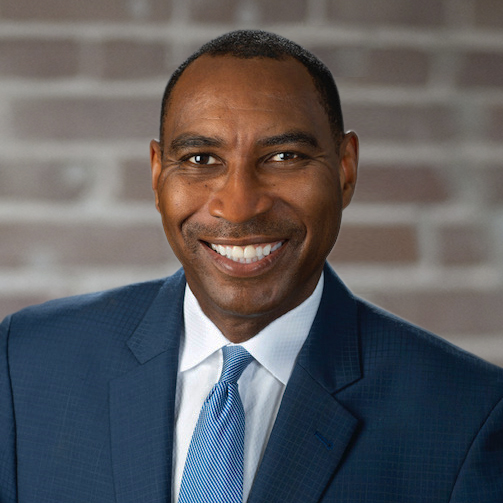Talk with almost any healthcare or senior care executive about emergency backup power, and the conversation will invariably turn to Hurricane Irma in 2017. In that case, patients at a nursing facility in Florida were left in sweltering heat due to power outages and the lack of functioning backup power for the air conditioning system, resulting in several deaths that could have been avoided.
But ensuring operating HVAC is only one reason that healthcare facilities across the nation are now looking beyond traditional “life safety/red-plug” diesel generators to provide emergency backup power. For these organizations, the impact of outages is measured in staff and patient safety, medical outcomes, staff efficiency, and financial performance. Full-facility backup power is the next step beyond basic compliance, and it ensures the maximum level of protection for their patients, their staff, and their bottom line.
Without full backup power, these facilities could lose access to electronic medical records or be required to dispose of medical supplies that cannot be properly refrigerated. Canceled procedures and the relocation of patients, personnel, and medical equipment could also be necessary in an emergency.
Simply put, partial diesel generation sized only to cover a facility’s minimal functions is not enough to ensure adequate power during an extended outage. Under current federal and most state regulations, healthcare facilities must have sufficient backup power to cover approximately 25% of their electricity demand. While a growing number of jurisdictions now also require emergency backup for heating and cooling – upping total backup generation to about 60% of demand – experts suggest that 100% backup is more cost effective. Furthermore, having fully operational HVAC during an outage can help alleviate additional stress for patients and staff who may be dealing with extreme temperatures.
Such figures have triggered increasing interest in full-facility solutions such as onsite microgrids, which can be fueled by natural gas or renewable natural gas that can maintain utility grade power for outages of any duration. Executives in the healthcare sector have an immediate, almost visceral grasp of the business case for better, more comprehensive resilience and are especially interested in options that do not require large, capital budget investments in new equipment.
That is why one option growing in popularity is “resilience as a service” – that is, third party-owned, full-facility backup power offered on a long-term contract. This approach guarantees full, reliable operation, and includes all maintenance over the term.
Enchanted Rock microgrids use modular, natural gas generators, sized to provide backup power for any commercial facility, and can also operate in “island” mode –disconnected from the grid – for hours, days, or even weeks at a time. In most regions, when the generators are not providing backup power, they can be dispatched to sell power back to the grid, allowing the resiliency service to be priced below the cost for comparable backup diesel generation. These savings can significantly reduce the capital and expense budget burden for customers.
Senior living – with squirrels, the Astrodome, and massive hurricanes
A client in the Houston area was experiencing frequent brownouts and power outages due to several factors. Hurricanes, although not a daily occurrence, would knock the senior living facility offline for long stretches. The facility’s proximity to NRG Park (formerly the Astrodome), which requires huge amounts of power during events, resulted in fluctuations of availability of electricity. And, oddly enough, squirrels eating through the electrical connections was a common occurrence, leading to outages lasting four to six hours while repairs took place.
Like many senior living facilities, a diesel generator provided emergency backup power for critical services only. As a result, during an outage, only limited areas of the facility had electricity, leaving many residents in the dark. To improve operations, the facility prioritized the need for reliable access to residents’ electronic medical records as well as the proper refrigeration of medical supplies, both of which are unavailable from red plug only backup power.
The client installed a natural gas microgrid, which provides virtually seamless backup power for the whole 200,000 square-foot facility. With a dedicated natural gas line to guarantee continuous fuel supply, the system’s three 450 kW generators operate in tandem with the grid to ensure adequate power before ramping down. The microgrid solution also satisfied revisions to the Center for Medicare & Medicaid Services (CMS) disaster preparedness code for nursing homes, which required rigorous advance planning for a full range of emergencies.
The value of peace of mind
Hospitals, skilled nursing homes, and other healthcare facilities must, of necessity, have a strong focus on the bottom line. To ensure the highest quality care and services, these providers place an equally high value on reducing risk and optimizing organizational resources – financial, operational, and human.
Industry experts expect electricity demand and the value of full-facility backup power to grow as hospitals expand services and acquire more high-tech equipment – and as extreme weather events become more frequent and severe.
Enchanted Rock can provide that peace of mind when it comes to reliable backup electricity, allowing facilities to focus on the residents and operations instead of the business of energy.
This article originally appeared in Healthcare Facilities Today.

